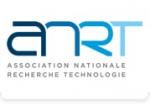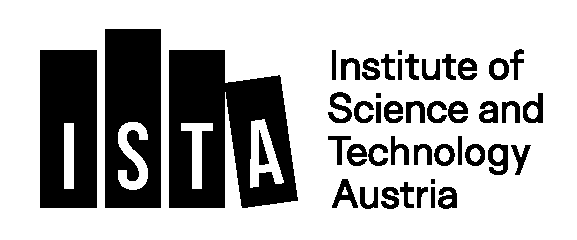Dynamical properties of the Hopfield model using bitwise arithmetics
| ABG-134193 | Master internship | 3 months | Standard internship salary |
| 2025-11-05 |
- Physics
Employer organisation
With his strong tradition in biological physics, UMR168 is an ideal place to develop project at the boundary between physics and biology, with a direct experimental counterpart.
Description
The Hopfield model provided the first simple yet powerful framework for understanding networks of interconnected neurons [1]. The model stores and retrieves memories, and its introduction started a mathematical synergy between neuroscience and computation, and laid conceptual foundations for modern research on neural networks.
The model is based on an energy function similar to that of spin-glass models, and it can be simulated with the well-known Metropolis algorithm. While the equilibrium (static) properties of the model are well known, much less is known about the dynamics that lead to equilibrium.
In this internship, we will focus on the effective dynamics of the Metropolis algorithm—or its variants—for the Hopfield model.
The Metropolis algorithm becomes computationally demanding when one attempts to sample a large number of configurations. This situation occurs, for example, when looking for rare samples in the dynamics, or sampling a large number of initial conditions. In this internship, we propose to design and implement a method to increase the computational yield of the algorithm, which leverages the boolean representation of numbers as they are stored in a computer [2].
This method allows for simulating simultaneously multiple copies of the system, which share the same random number used to perform the dynamical steps. Given that the random-number generation is the bottleneck of the simulation, this parallel algorithm yields a significant computational gain.
The student will be tasked with the numerical implementation of this parallel Metropolis algorithm, and will explore how the system converges to one of its metastable states by starting from different initial conditions, with particular emphasis on the equilibration of the Monte Carlo dynamics.
The student will acquire valuable interdisciplinary skills, such as proficiency in C++, and getting familiar models for neural networks. The internship will mainly take place at UMR 168, Institut Curie, and occasionally at Gulliver Laboratory, UMR 7083, ESPCI, Paris.
References
[1] J. J. Hopfield. Neural networks and physical systems with emergent collective computational properties. Proc. Natl. Acad. Sci. U.S.A., 79:2554–2558, 1982.
[2] Matteo Palassini and Sergio Caracciolo. Monte Carlo Simulation of the Three-dimensional Ising Spin Glass, September 2005.
Profile
We are looking for a student with a good background in programming.
Starting date
Vous avez déjà un compte ?
Nouvel utilisateur ?
Get ABG’s monthly newsletters including news, job offers, grants & fellowships and a selection of relevant events…
Discover our members
 CASDEN
CASDEN  Tecknowmetrix
Tecknowmetrix  Aérocentre, Pôle d'excellence régional
Aérocentre, Pôle d'excellence régional  Laboratoire National de Métrologie et d'Essais - LNE
Laboratoire National de Métrologie et d'Essais - LNE  Institut Sup'biotech de Paris
Institut Sup'biotech de Paris  Nokia Bell Labs France
Nokia Bell Labs France  ONERA - The French Aerospace Lab
ONERA - The French Aerospace Lab  MabDesign
MabDesign  Ifremer
Ifremer  TotalEnergies
TotalEnergies  CESI
CESI  ANRT
ANRT  PhDOOC
PhDOOC  ADEME
ADEME  MabDesign
MabDesign  Groupe AFNOR - Association française de normalisation
Groupe AFNOR - Association française de normalisation  SUEZ
SUEZ  Généthon
Généthon  ASNR - Autorité de sûreté nucléaire et de radioprotection - Siège
ASNR - Autorité de sûreté nucléaire et de radioprotection - Siège




